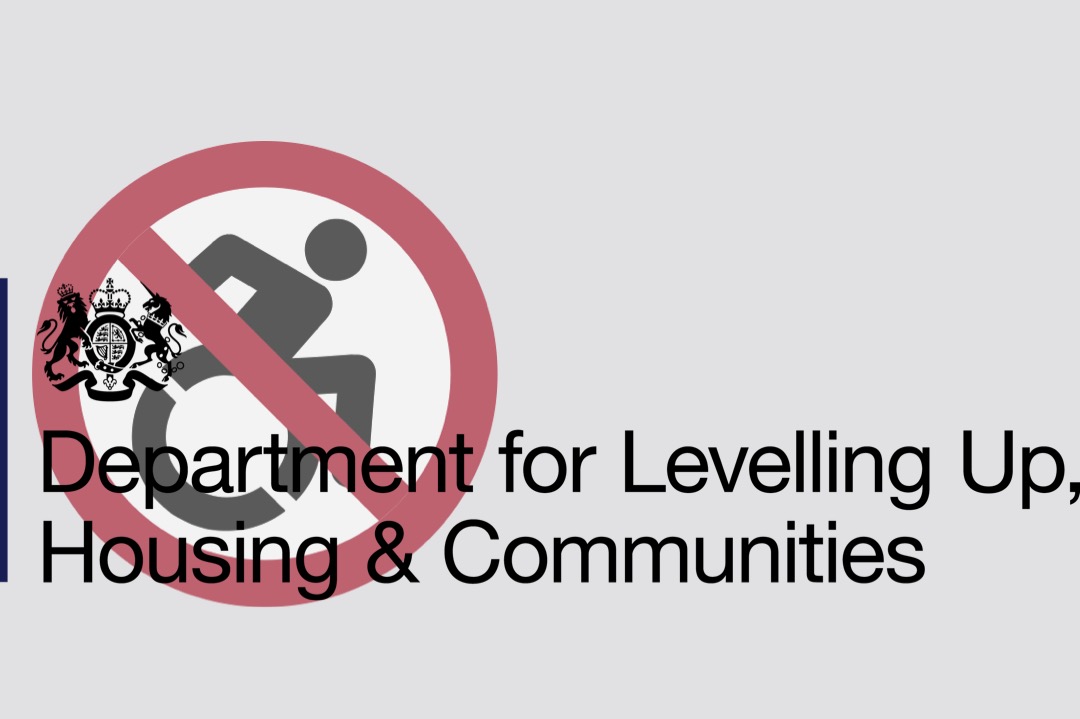Guy Harris, of AccessiblePRS, says he's "disappointed and frustrated at the Government's whitewashing of an Accessible Homes Consultation" calling it "ongoing exclusion and discrimination of wheelchair users in housing policy."
The decision by the Department for Levelling Up, Housing & Communities to upgrade all new builds to a minimum standard of M4(2) and disregard expert advice to meet the chronic need for a mandatory M4(3) wheelchair accessible provision also, shows a lack of care, understanding and fiscal responsibility.
Currently, over 400,000 wheelchair users in England (and more in Scotland, Wales and Northern Ireland) live in unsuitable housing. This is a statistic which masks how (and how many) family members are also impacted by the lack of suitable housing. Without accessibility and inclusion, housing and property sector buzzwords such as community, sustainability and placemaking are mean marketing spin
To humanise the realities of this statistic, this means continuing to relegate people to dragging themselves across the floor to access a toilet; to living, sleeping, washing, urinating & defecating in the front room of a family home; to a lack of autonomy and self worth; to endure the inability to participate in family life, such as bathing one's children and putting them to bed, sharing the household responsibilities; to obstructions from work for a variety of reasons where suitable housing is central to the ability to work, as members of Both Houses have recognised elsewhere; and any number of other relentless and avoidable, dehumanising realities.
Please see our
#NoPlaceCalledHome campaign on social media.
Harris would welcome the opportunity to speak with Ministers to set out alternative and pragmatic routes to provide suitable accessible housing for wheelchair users (now and in the future) within the parameters of their current decision.

